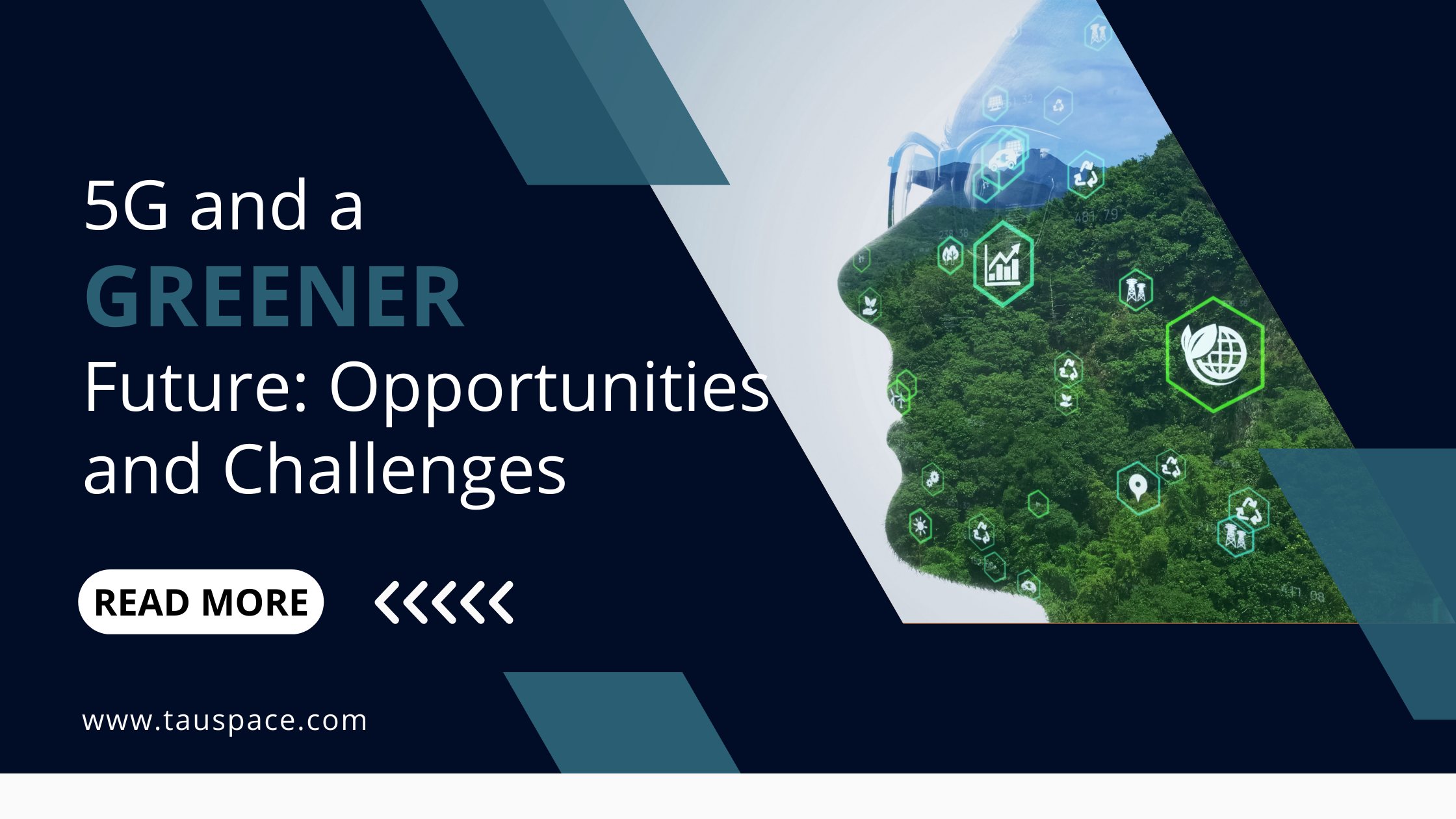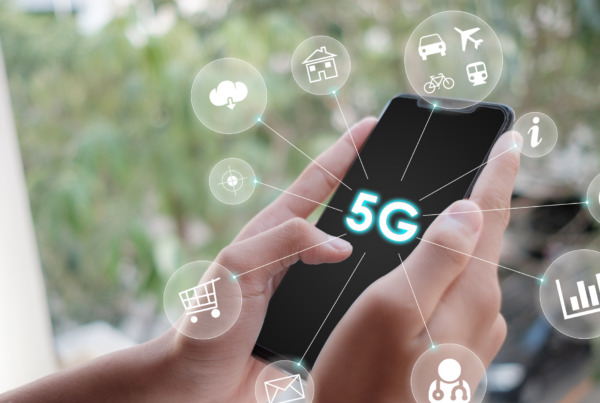The rollout of 5G networks promises lightning-fast speeds, unparalleled connectivity, and the foundation for a new era of technological innovation. But amidst this excitement, a crucial question lingers: can 5G coexist with our pursuit of environmental sustainability?
The relationship between 5G and a greener future is a multifaceted one [1]. On the one hand, 5G has the potential to unlock energy-saving solutions across various sectors. On the other, the increased density and power consumption of 5G infrastructure pose a significant challenge to the telecom industry’s environmental goals. This blog explores both the potential and obstacles 5G poses on telecoms and beyond.
The Promise of 5G for Energy Optimisation
5G’s inherent capabilities, when harnessed thoughtfully, open doors to a greener future:
- Smart Cities and Efficient Systems: 5G’s high bandwidth, low latency, and ability to connect vast numbers of devices are cornerstones of the smart city concept. 5G-enabled sensors and IoT devices can optimise traffic flow, smart grids, building management systems, and countless other urban processes, leading to significant energy savings.
- Precision Industries: In manufacturing and agriculture, 5G-connected sensors and real-time data analytics can drive precision. This means using only the necessary resources, reducing waste, optimising logistics, and ultimately decreasing energy consumption.
- Remote Work and Virtualisation: The widespread adoption of 5G has the potential to further enable remote work and virtual collaboration on a massive scale. Reduced commuting and business travel translate directly to lower carbon emissions.
- Enabling Renewable Energy: 5G’s reliable, low-latency connectivity can improve the integration and management of distributed renewable energy sources, facilitating the transition to a greener energy grid.
You may also be interested in this blog: https://www.tauspace.com/how-5g-can-fuel-operational-optimisation-in-the-telecom-industry/
The Challenge: 5G’s Energy Demands
The flip side of 5G’s promise is its potential to increase energy consumption significantly:
- Increased Network Density: 5G requires a denser network of smaller cell sites compared to previous generations. More base stations and antennas equate to a higher overall power demand.
- Power-Hungry Equipment: While individual 5G base stations are becoming more energy-efficient, the sheer number of them and their supporting hardware create a greater cumulative energy consumption.
- The Data Deluge: 5G’s speed and capacity encourage greater data usage, driving increased traffic through data centres with their own massive energy footprints.
Striking a Sustainable Balance: Strategies for the Future
The paradox of 5G and sustainability demands innovative solutions. Here’s how the telecom industry is working towards a greener future while harnessing the power of this technology:
- Renewable Energy Integration: Telecom companies are actively investing in solar, wind, and other renewable sources to power 5G infrastructure, reducing their reliance on fossil fuels.
- Energy-Efficient Hardware: Ongoing research and development focuses on minimising the power consumption of 5G base stations, network equipment, and user devices.
- Software Innovations: Network virtualisation techniques and AI-powered optimisation algorithms can dynamically adjust network usage to match demand, lowering energy use during low-traffic periods.
- Circular Economy Approach: Embracing reparability, upgradability, and responsible recycling in hardware design can mitigate the environmental impact of 5G infrastructure over its entire lifecycle.
- Collaborative Efforts: Partnerships across the technology industry, energy sector, and government bodies are key to devising holistic sustainability strategies surrounding 5G networks.
Conclusion
The trajectory of 5G as an environmentally sustainable technology depends on continuous innovation and commitment across the telecom industry. Consumers also have a role to play through mindful device usage and support for companies with strong sustainability track records.
The green potential of 5G cannot be overlooked, but neither can the need to directly address its energy consumption challenges. By prioritising responsible deployment, investment in renewable energy sources, and continued technological refinement, 5G can become a powerful tool not only for connectivity but also for building a more sustainable future.
[1] https://stlpartners.com/articles/sustainability/5g-and-sustainability/









